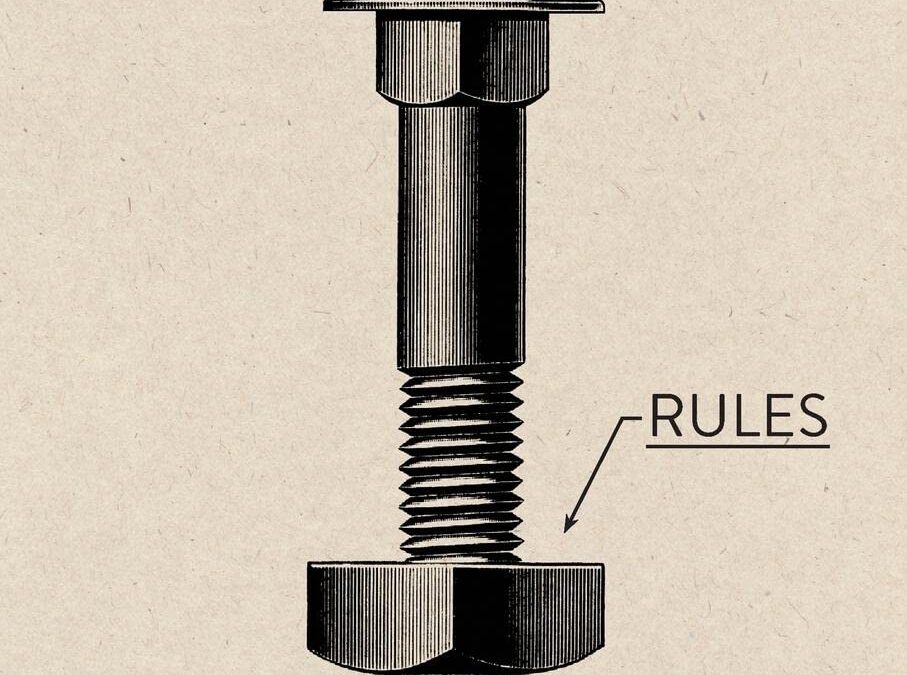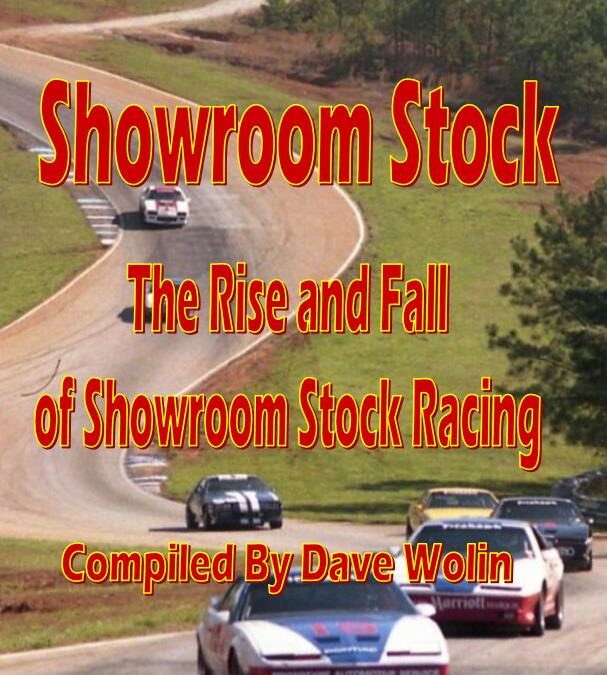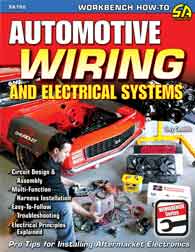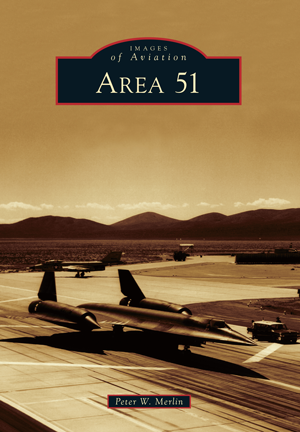


Engineering Rules: Global Standard Setting since 1880

Showroom Stock
Dave Wolin’s new book, “Showroom Stock” hits all the buttons, covering some little known but important segments of auto racing history, forgotten or ignored by the sanctioning bodies. The introduction by Bill King, former marketing guy at SCCA, points the way.
“Showroom Stock” begins with early road racing history, when everything was showroom stock, and proceeds through the evolution of showroom stock club racing and the birth of showroom stock endurance racing at the Nelson Ledges circuit in Northeast Ohio, the “Longest Day”‘. The “Longest Day” events, promoted by “Road & Track” and “Car and Driver” magazines, produced interest by auto manufacturers and tire companies, creating SCCA Pro Endurance Racing, the SCCA Playboy and Escort Series and IMSA’s Firehawk Series, Helping to fuel the interest was the Volkswagen Bilstein Cup, Renault Cup, Coors Racetruck Challenge and Corvette Challenge, all now gone and practically invisible.
Compiler in Chief Wolin (he says he’s not an author) has collected comments stories and quotes from drivers, team owners, crew and press (sometimes they were all the same person), along with some never before seen photos and insider information (who had trick tires, how did you tweak the boost etc.) into a fun read that will be enjoyed by anyone who watched, raced or wished they had attended any of these events.
Wolin, incidentally, was one of the prime movers in the creation of pro showroom stock racing and ran the successful Mitsubishi racing efforts back in the day.

Shady Lady: 1,500 Hours Flying the U-2 Spy Plane
At the very edge of the atmosphere, invisible against the deep indigo sky, lurks a spy plane so sophisticated that it replaced the SR-71 Blackbird some 30 years ago. Its flat black shark-like skin deflects and absorbs all but the most advanced radars, leaving it to roam undetected while silently gathering detailed intelligence. Considered a ‘National Asset’ the U-2 Dragon Lady, in its various forms, has been in continuous military service for over six decades. Indeed she is deemed so important that she has enjoyed three separate production runs at the super-secret Lockheed ‘Skunk Works’, each time emerging with new and highly classified intelligence gathering capabilities.
Rick Bishop, a former U-2 pilot, takes the reader deep into the Black World of ‘air-breathing’ (non-satellite) reconnaissance, with a revealing and detailed account of the trials and challenges of flying a machine widely acknowledged as ‘the most dangerous aircraft in the world’, as well as revealing the personalities and adventures of some of the elite cadre of hand-selected pilots who have the right stuff to tame the Dragon Lady. From the gruelling two-week interview process, through early training flights to many exploits flying top-secret missions around the world, and his eventual rise to Commander, the author sheds new light on a world that is largely unknown outside the tight fraternity of U-2 pilots and support personnel.

Practical Gas Flow
Techniques for low budget performance tuning. Back in print and completely updated to cover more recent engines and taking into account new emission control laws, etc. For the do-it-yourself tuner intent on increasing the power output of a car engine, no problem is greater than how to measure, assess and understand the flow of gases through the inlet tract, clylinder head and exhaust. Gas flow, complex, variable and invisible, is the key to an engine’s performance, and professionals use very costly equipment for its investigation. This book describes a practical low-cost alternative that lets you check the gas flow in your engine, devise improvements and test and compare their effect: it needs patience, persistence and some manual skills, but no great financial outlay. 120 pgs., well illustrated with photos and diagrams.

Automotive Wiring & Electrical Systems
Often, wiring and electrical work intimidates automotive do-it-yourselfers the most. It’s not mechanical, and therefore, it’s unfamiliar territory. Electrons are invisible, and they can do unpredictable things in an untrained enthusiast’s eyes. Finally, there is an enthusiast’s guide that takes the mysteries and misunderstandings out of automotive electrical design, modification, diagnostics, and repair.
Automotive Wiring and Electrical Systems is the perfect book to unshroud the mysteries of automotive electrics and electronic systems. The basics of electrical principles, including voltage, amperage, resistance, and Ohm’s Law, are revealed in clear and concise detail, so the enthusiast understands what these mean in the construction and repair of automotive electrical circuits. All the tools and the proper equipment required for automotive electrical tasks are covered. In addition, this in-depth guide explains how to perform more complex tasks, such as adding new circuits, installing aftermarket electronics, repairing existing circuits, building your own wiring harness, and troubleshooting. Author Tony Candela explains how to complete popular wiring projects, such as adding late-model electronic accessories and convenience items to earlier-model cars, installing relays, designing and assembling multi-function circuits and harnesses, and much more.

Area 51
Area 51, a top secret military installation for testing unacknowledged, or black, projects, lies in a desert valley northwest of Las Vegas. During the Cold War, CIA and Air Force officials chose this remote location to shield such efforts from foreign spies and US citizens. Although the base has been known by many names—Paradise Ranch, Watertown, and Dreamland, among others—the designation “Area 51” has taken root most deeply in the public imagination. Since 1955, it has grown from a temporary camp into a national test facility supporting nearly 2,000 military and civilian workers and dozens of projects, including aircraft capable of cruising at Mach 3 and stealth airplanes that are virtually invisible to radar. Although secrecy surrounding Area 51 spawned rumors of UFOs and reverse-engineered alien spacecraft, declassified photographs provide a rare glimpse into the true nature of America’s most famous secret base.

Fenders, Fins & Friends Confessions of a Car Guy
Every “car guy” has stories that elicit laughter, tears and admission of some bad choices.
Lance Lambert’s “Fenders, Fins & Friends: Confessions of a Car Guy” includes tales of riding in a 1939 ford as the steering wheel was removed and handed to him. Installing a siren in a 1955 Ford proved to be a bad decision. Putting five friends as far back as possible in a rock band’s van resulted in wheels stands and applause from admiring fans. Sitting in a 1949 Chevrolet while surrounded by five police cars and numerous guns pointed his direction caused some concern. “Fenders, Fins & Friends: Confessions of a Car Guy” reveals all that is good about the world of old cars and why being a Car Guy is the best way to enjoy life.
“…The history of our automobile traditions is safe in your hands.” Lee Iacocca, Automotive Industry Icon
“Lance’s stories are a joyride to simpler times when unbridled enthusiasm and unchallenged optimism were all it took for car crazy young men to tackle any dream, scheme or machine.” Bruce Caldwell, Editor Emeritus, Hot Rod Magazine
“Lance’s writings remind us of the sizzle that we were, or maybe could have been or wanted to be; his writings take us back to presumably simpler times of dreamy days, giving us peepholes back to the olden days. A great book from back in the day.” Don Weberg, Editor & Publisher, Garage Style Magazine
“Read this and you will gain insight into a down-to-earth soul, with a big heart, and an entertaining way of seeing the world.” Theresa Poalucci, Publisher, Journal Newspapers
“Lance’s humorous storytelling style makes you feel like you are sitting in the front seat with him as he drives you through his amazing ‘car guy’ life.” Sandy Scott, Director of Operations, Petersen Automotive Museum
“Lance Lambert is the Garrison Keillor of car stories. His nostalgic and chuckle worthy stories always put a smile on my face.” M.J. McDermott, KCPQ Television Reporter
“Lance is an amicable asset to the car world – at once a wealth of knowledge and history, an icon of automotive TV programming and a friendly ambassador to the industry for everyone from experienced gearheads to neophyte spectators. It is easy to see that Lance loves cars, and car people love Lance.” Heidi Van Horne, Automotive Reporter, Houston Chronicle
“…As a prolific writer, emcee and TV host, Lance is everybody’s ‘in the know’ and ‘go to’ car guy when they want the inside scoop. His stories are real and he has made it a point to document his adventures at every turn. His book is a ‘must read’ .” David Dickinson, Creator & Editor, “The Old Car Nut Book”
“This book is a ‘must read’ for all car lovers!” John D’Agostino, Celebrity Kustoms
“Compelling! ‘FENDERS, FINS & FRIENDS: Confessions of a car Guy’ provides a vivid and humorous look at 60 years of the memories of a true vintage vehicle legend. The vignettes are always evocative. A great read!” Kathleen Fullerton Bernhard, Ph.D., author of “The Invisible Woman”


